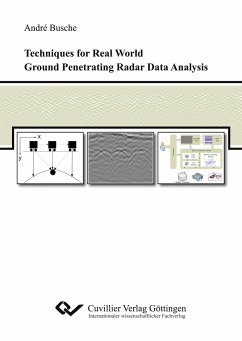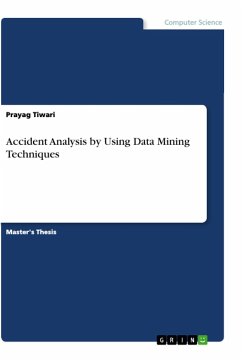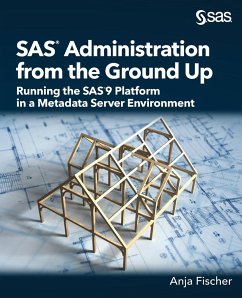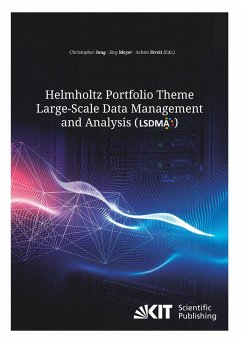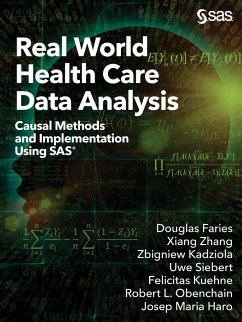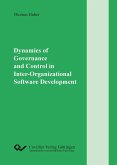Ground Penetrating Radar (GPR) Data Analysis deals with the problem of shallow subsurface imaging, which is motivated by the daily work of engineers, \eg those of municipalities. The concrete problem tackled in this thesis is motivated by the fact, that, at least in Germany, municipalities have knowledge about the existence of supply lines such as gas and water pipelines to cross and follow urban streets, while their actual position is often uncertain. The consequences are obvious: once a street undergoes maintenance works, pipes are easily broken. This also causes heavy problems to residents who are cut off from some supplies for a period of time. This thesis approaches a solution to the object detection problem in GPR data by means of (semi-)automated data analysis techniques, using Machine Learning methods. The problem is treated as a specialized problem for object detection in image data. In this application context, it is possible to integrate certain background knowledge and processing techniques in well-known Machine Learning methods.

